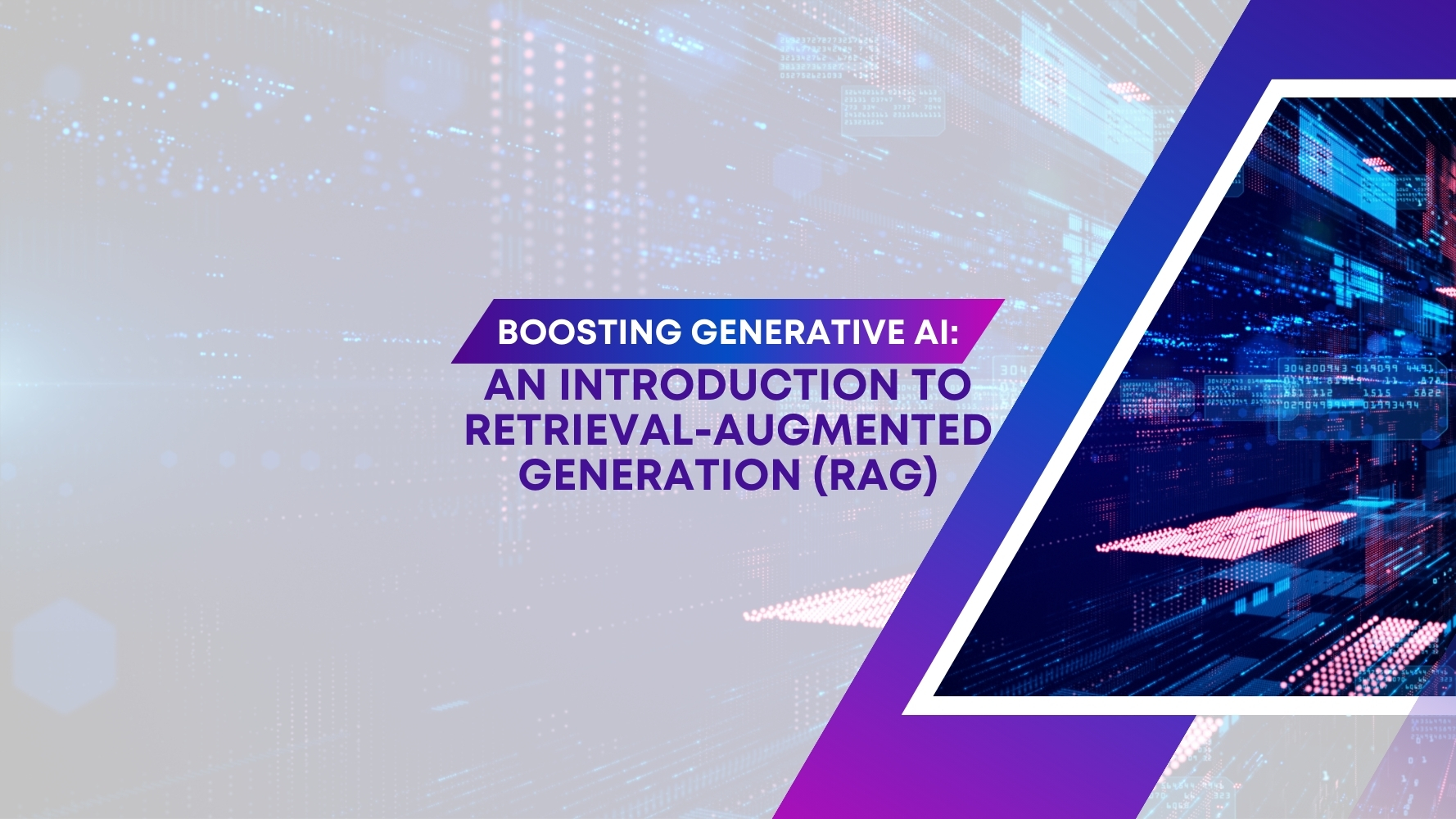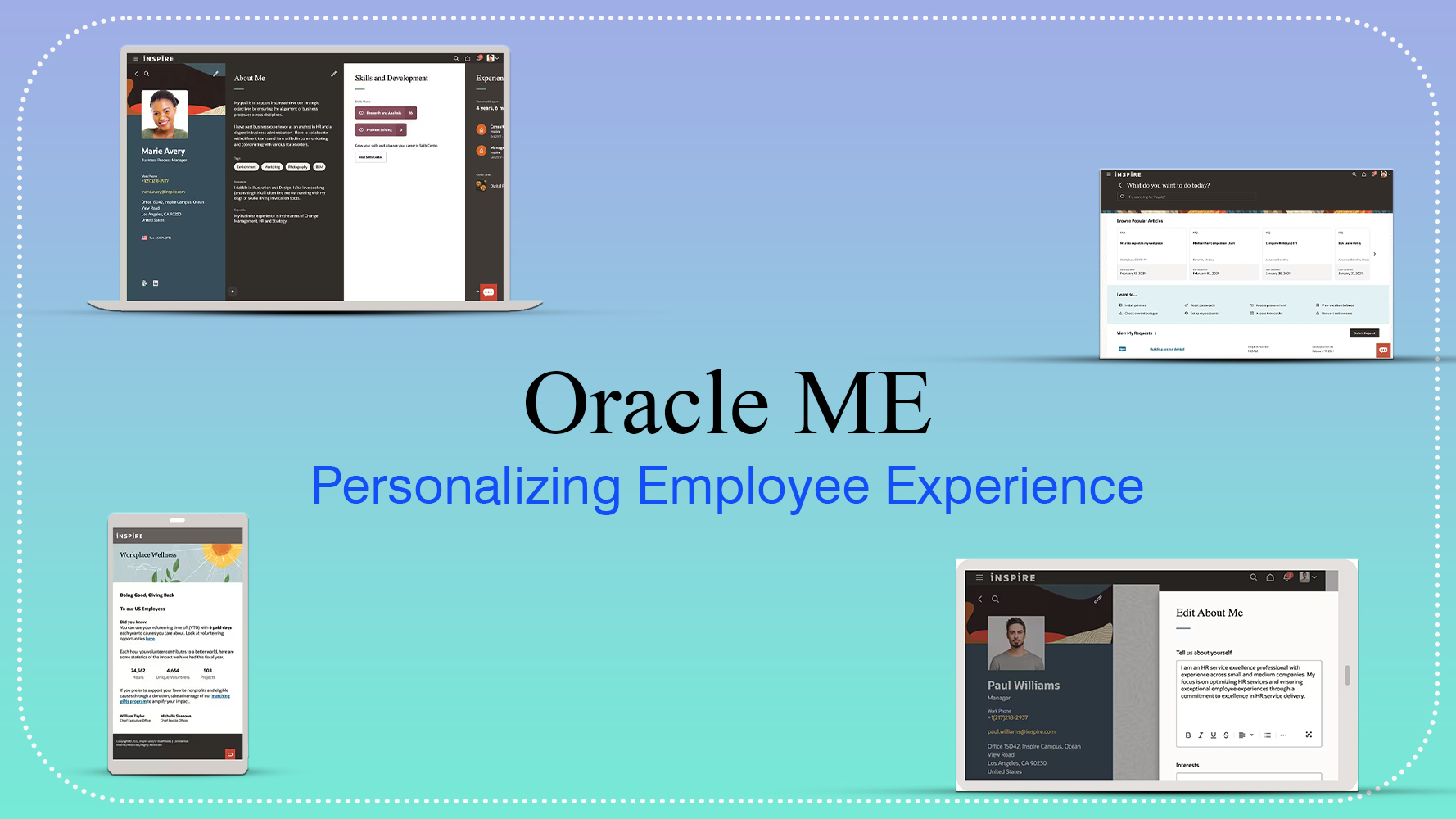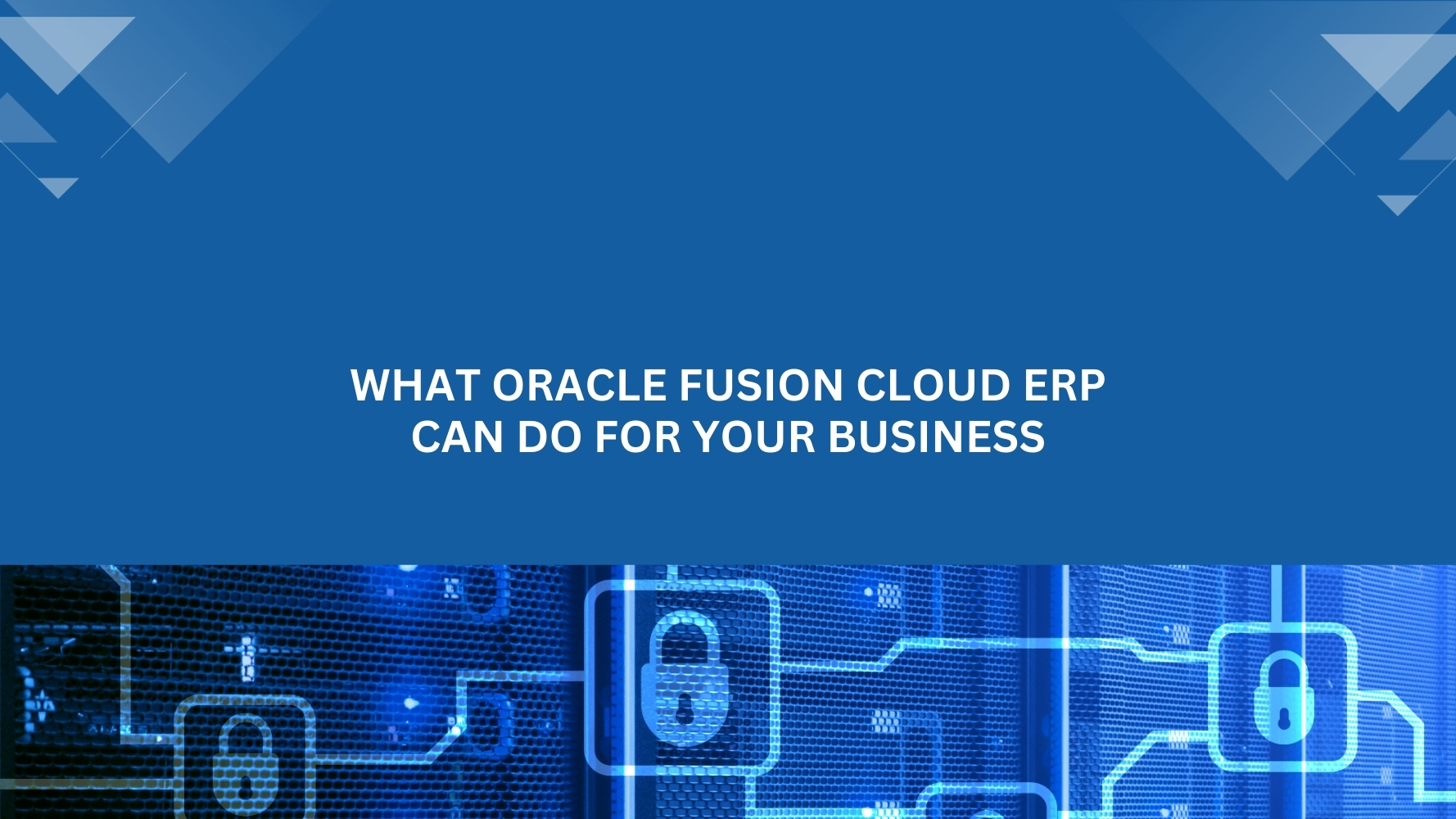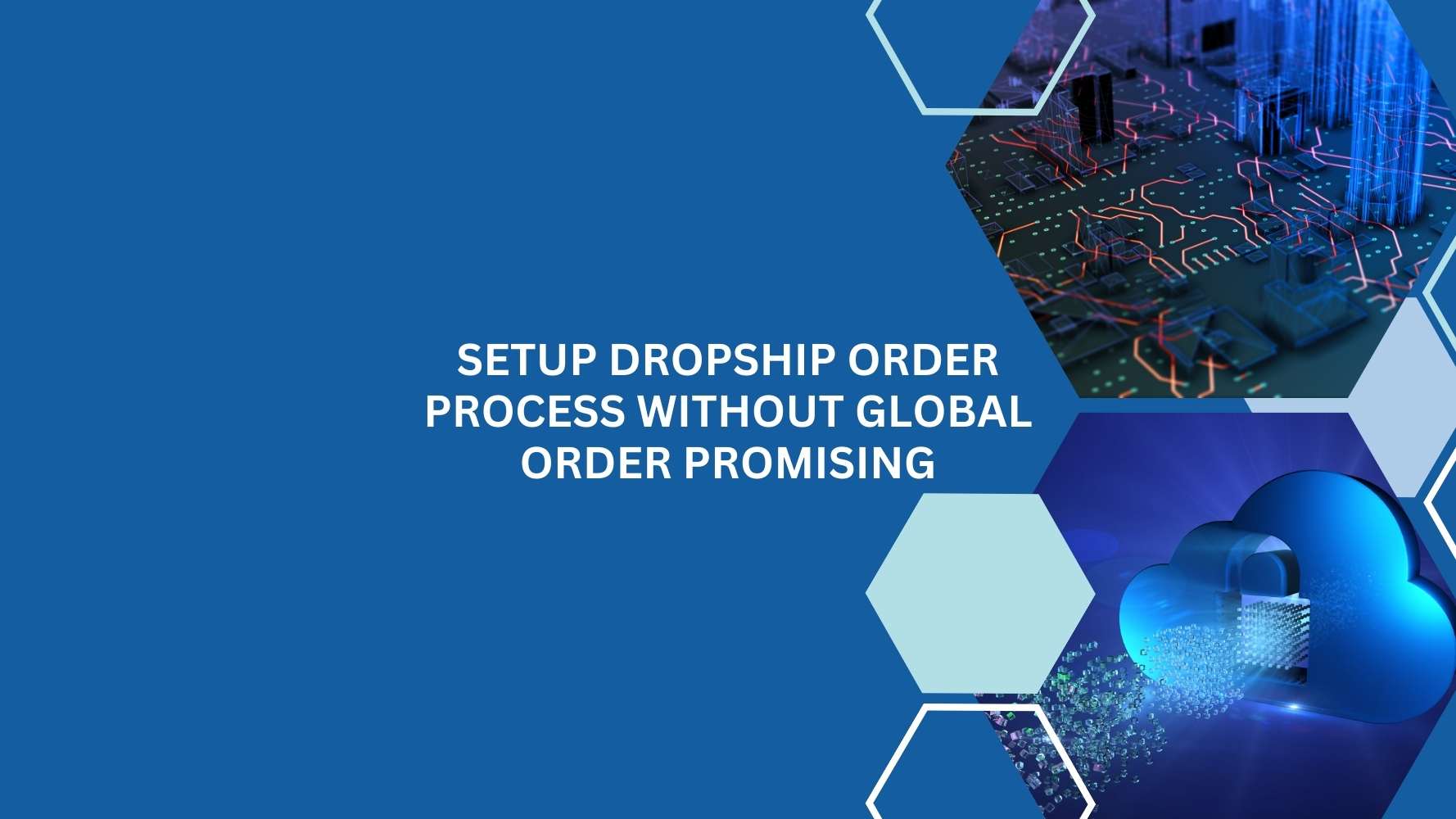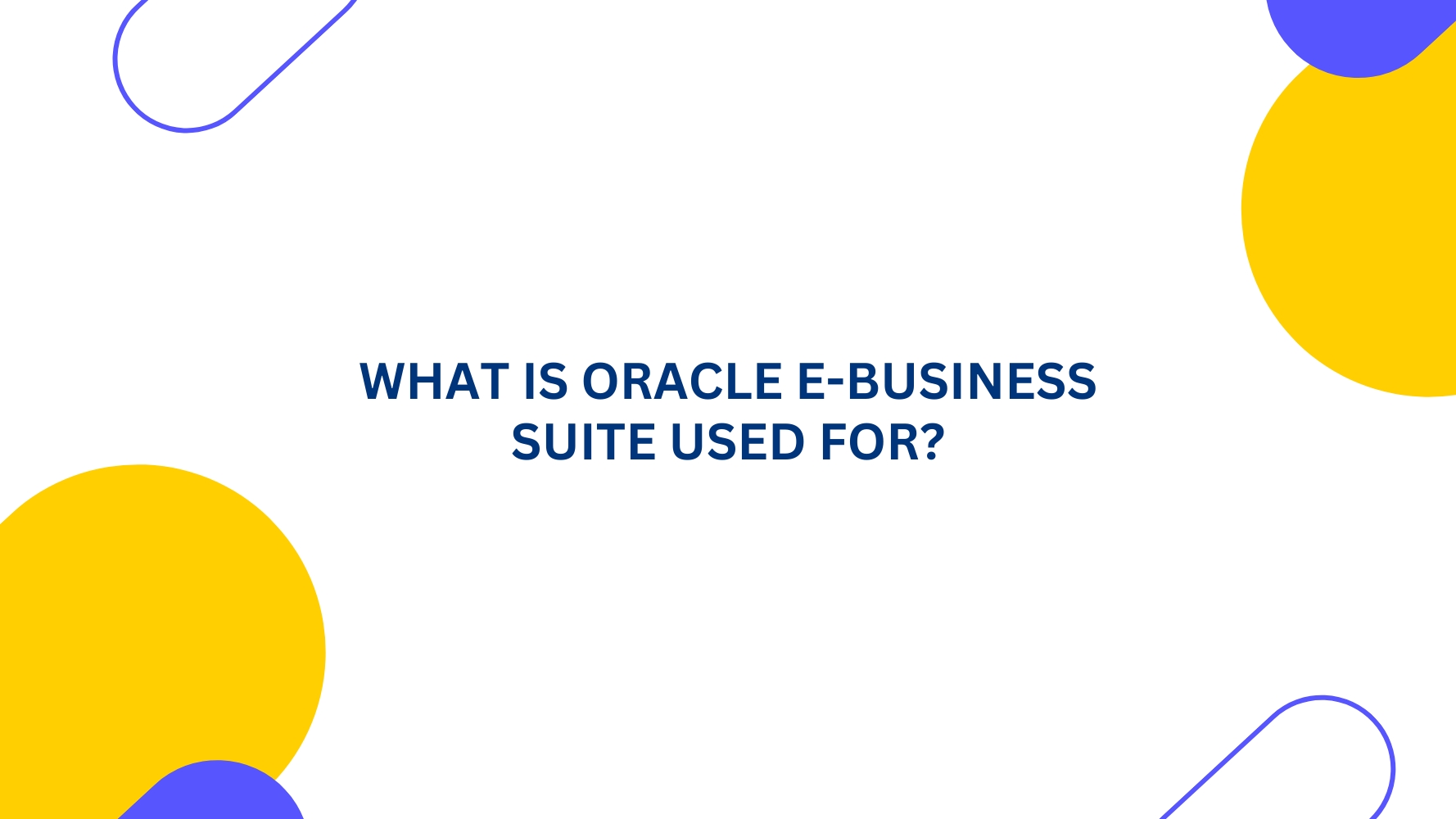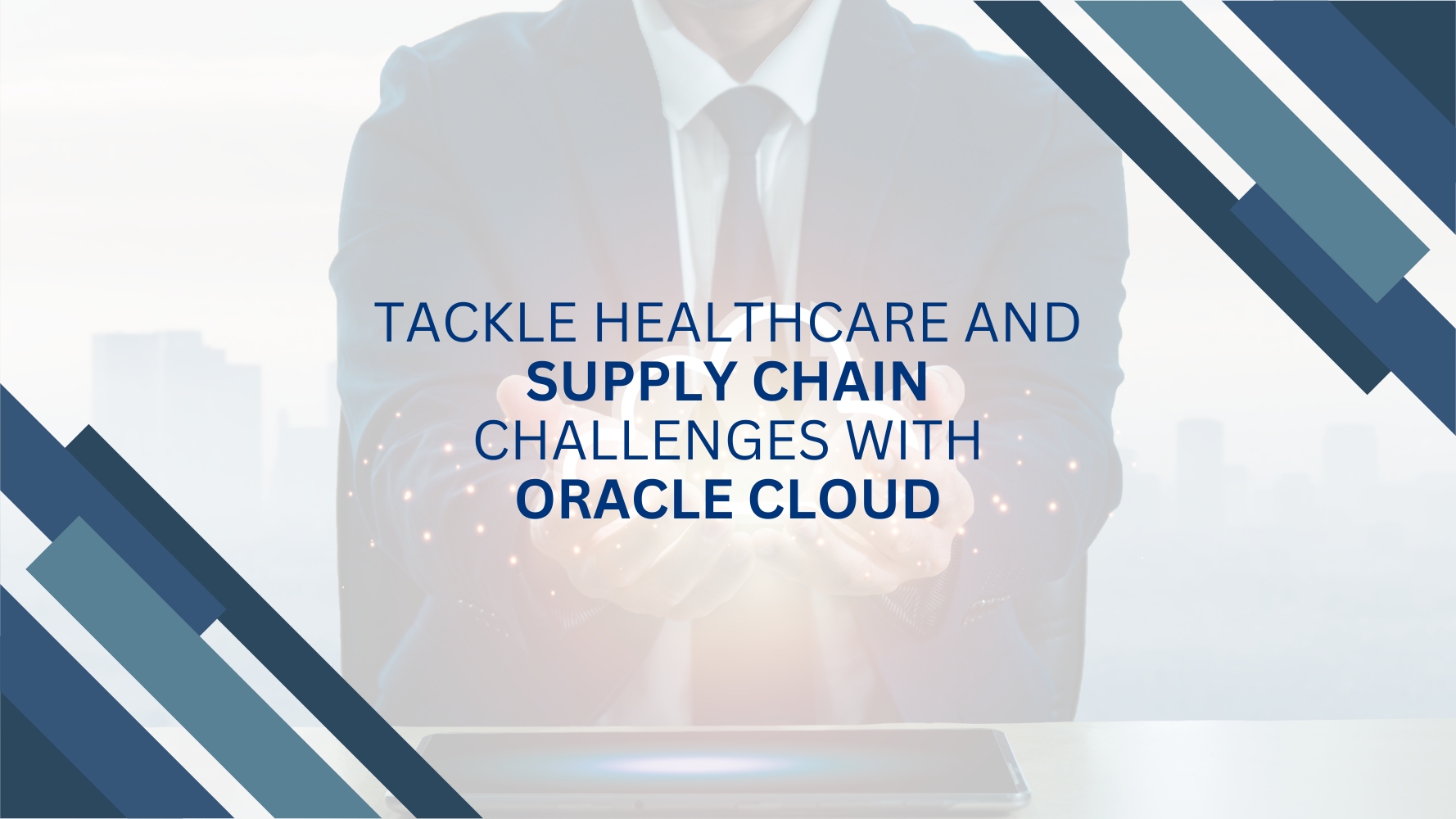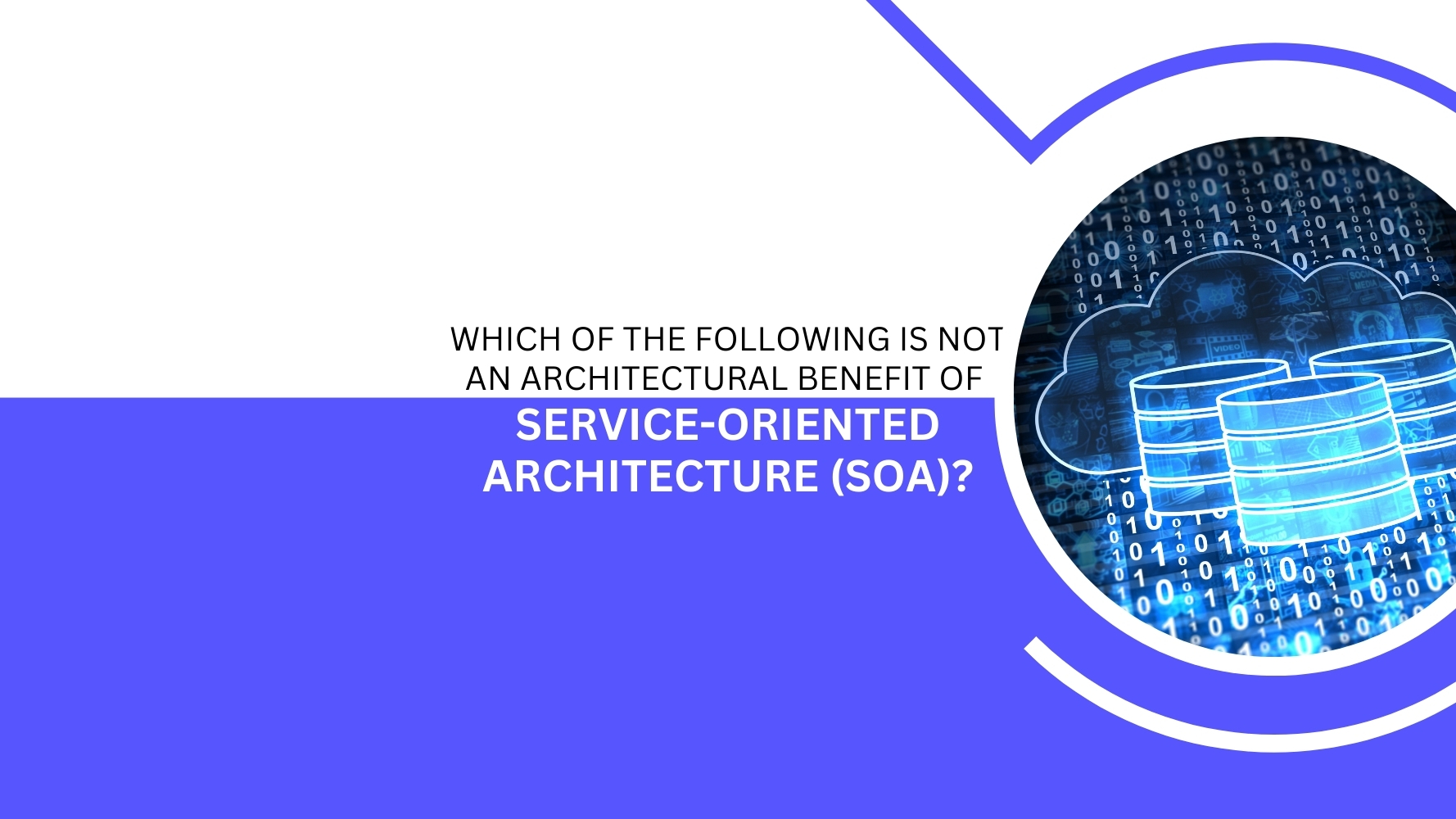The realm of Generative AI is abuzz with innovation. Large language models (LLMs) constantly push the boundaries of what machines can create, from composing realistic dialogue to crafting compelling marketing copy. However, LLMs have a well-documented Achilles’ heel: their reliance on the data they’re trained on. These models can lead to outputs that need to be more factually accurate, outdated, or contextualized.
This is where Retrieval-Augmented Generation (RAG) steps in. RAG represents a paradigm shift in generative AI, offering a way to bridge the gap between LLM capabilities and real-world knowledge. Let’s delve into the world of RAG, explore its potential within the Oracle Cloud ecosystem, and see how it can empower your applications.
Understanding Retrieval-Augmented Generation
Imagine an LLM as a highly skilled writer. They possess a vast vocabulary and an understanding of sentence structure, but their knowledge is limited to the stories they’ve read. RAG introduces a critical element: a research assistant. This assistant scours external libraries and databases, fetching relevant information to supplement the writer’s knowledge.
In the world of AI, the LLM becomes the generative model, and the research assistant is the retrieval component. RAG works by first using the user’s prompt or query to find relevant information from a vast external knowledge base. The knowledge base could be anything from a public dataset to your organization’s internal knowledge repository. Once retrieved, the information is fed to the LLM alongside the original prompt. With this enriched context, the LLM can now generate more accurate, informative, and trustworthy outputs.
Why Use RAG? Unleashing the Power of Informed AI
RAG offers a multitude of benefits that can transform your AI-powered applications. Here are some key advantages:
- Enhanced Accuracy: LLMs are susceptible to factual errors and biases in their training data. RAG injects a dose of reality by incorporating up-to-date information from external sources, leading to more reliable and trustworthy outputs.
- Improved Contextualization: Imagine asking an LLM to write a blog post about electric vehicles (EVs). Without RAG, the post might be generic. With RAG, the model could access information on current EV models, environmental impact data, and government incentives, leading to a richer and more informative post.
- Transparency and Explainability: RAG lets you understand the reasoning behind an LLM output. Since the retrieved information is often linked to its source, you can trace the origin of facts and figures used in the generation process.
- Reduced Retraining Needs: LLMs typically require retraining to incorporate new information. RAG circumvents this by leveraging an external knowledge base that can be constantly updated. This translates to cost savings and improved efficiency.
- Domain-Specific Applications: RAG shines in specialized domains like finance, healthcare, or legal services. By integrating with domain-specific knowledge bases, RAG empowers LLMs to create outputs tailored to those specific fields.
Unlocking the Potential of RAG with Oracle Cloud
Oracle Cloud provides a comprehensive suite of applications and services that RAG can significantly enhance. Here are some specific examples:
- Oracle Cloud Applications: Imagine using RAG to power chatbots within Oracle Cloud HCM to access employee data and company policies to provide more personalized and accurate answers to employee queries.
- Oracle Analytics Cloud: RAG can be integrated with Oracle Analytics Cloud to create more insightful reports. By accessing external market data or industry reports, RAG can enrich the context of your visualizations and help you identify hidden trends.
- Oracle Cloud Infrastructure: Oracle Cloud Infrastructure’s (OCI) flexibility and scalability make it an ideal platform for deploying and managing RAG systems. With OCI’s AI and machine learning services suite, you can build and deploy custom RAG models tailored to your specific needs.
- Oracle Fusion Cloud: RAG can be a valuable asset for Oracle Fusion Cloud applications like Oracle Cloud SCM. By integrating with supply chain data repositories, RAG can empower LLMs to generate reports that predict potential disruptions or optimize inventory management based on real-time market conditions.
The possibilities are truly endless. By leveraging RAG within the Oracle Cloud ecosystem, you can unlock a new level of intelligence and automation across your business processes.
Connect with the Experts and Chart Your Course with RAG
RAG represents a significant leap forward in the evolution of generative AI. At Tangenz, our Oracle experts are at the forefront of implementing RAG solutions. We can help you assess your specific needs, design a tailored RAG architecture within your Oracle Cloud environment, and usher in a new era of informed and intelligent automation for your business.
Don’t wait! Connect with our Oracle experts at Tangenz today to discuss how RAG can empower your organization. Let’s embark on this journey of intelligent creation together.
